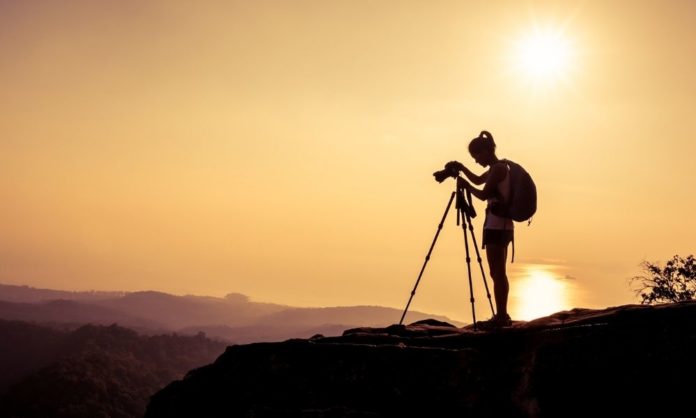Looking for a hobby or side hustle? The artistically inclined among us may want to go beyond pointing and clicking with a smartphone and move into real digital photography. Before you sink serious money into picking up a Nikon, Canon, or other DSLR, here’s what every new photographer should know about their craft.
Eyes Lie
One of the trickiest parts of photography is understanding things can look different to the eyes in comparison to how they appear from the camera. Novices find themselves frustrated when a shot that looked perfect through the viewfinder doesn’t turn out right when it’s time to open up Photoshop afterward. Don’t trust your eyes when it comes to light. Camera lenses and human eyes adjust to light differently, and you’ll often find that what seems sufficiently illuminated to you turns out very dark “on film.” If you’re shooting indoors, you may want to invest in some supplemental lighting.
Shoot in RAW
Cruising the internet and working in Photoshop has probably made you familiar with numerous file formats for images already. There’s the good old JPEG, the most popular format, albeit one that can suffer from compression and visual artifacts without proper care. There’s the slightly more sophisticated PNG, which, unlike JPEG, can include transparent pixels. Graphic design professionals swear by TIFF files, which run far larger than more web-friendly formats while preserving the maximum amount of information for printing purposes. When you work with a digital camera, you’ll have your choice of file formats to save snapshots in. The best one to select is none of the above. Instead, it’s a setting simply called RAW. When you shoot in RAW, there’s no compression and no compromise to your photographs. Your camera captures the maximum amount of information, which leaves you with the most to work with when you open your photos in Photoshop later.
Mind Your Aperture and ISO
Just because our cameras have evolved from analog to digital doesn’t mean that the basic principles of photography have gone away. Your camera’s aperture, or how much light it allows in, is just as important an aspect of digital photography as it was when people worked with film. Another important facet of digital photography that every new photographer should know is what people call “ISO speed.” This is a value that indicates light sensitivity. Higher ISO speeds mean higher sensitivities, requiring less outside light, but at the expense of image noise—even in the vaunted RAW setting. A smaller aperture gives you more sharpness, and with a low ISO speed in place and sufficient illumination, you’ll obtain the best picture possible.








